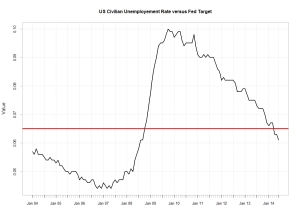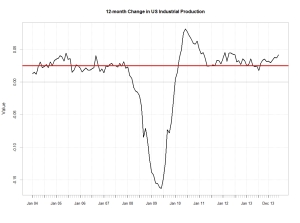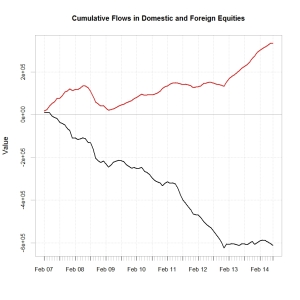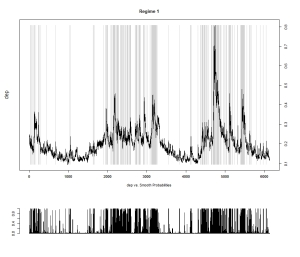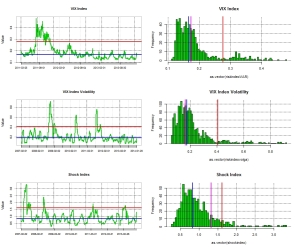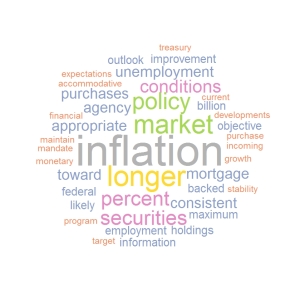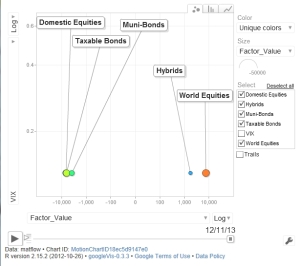Ok I have meant to produce the following analysis for a long time and now that the market is focussing on the next Fed meeting I feel that it might be the right time to release a first version of this. In summary, the following report shows what were the cumulative returns of the S&P500 index 10-day prior and following the FOMC meetings. It also shows how the delivered volatility of the S&P500 changed on average prior and after the Fed annoucements. I have split my analysis to show the market reaction as for when when there was not change in the Fed Funds target rate, when a cut in the rate occured and when there was hike. I will provide an analysis showing what was the impact on the US trade weighted index and the VIX in further posts…
From 1982-10-05 to 2015-10-28there was 352 Fed meetings.Out of those 33 meetings translated in an increase in the target rate and 33 in a cut. The below charts shows when those took place and also the distribution fo the changes in rate.


The charts below show the S&P500 response for all of the Fed’s meetings and the delivered volatility 10 days prior and after the meetings.

The charts below show the S&P500 response and delivered volatility for all of meetings where a cut occured

The charts below show the S&P500 response and delivered volatility for all of meetings where a hike occured

The charts below show the S&P500 response an delivered volatility for all of meetings where there was no change in the Target rate.

As a general remark it would seem that the volatility of the S&P is higher prior the meeting and tapper down after the Fed annoucement (this is not as visible for the cuts and hikes. This is probably the result of the low level of observations in the respective samples…). There is no real clear pattern in which way the S&P500 response to the annoucnements be them hikes, cuts or no change….



